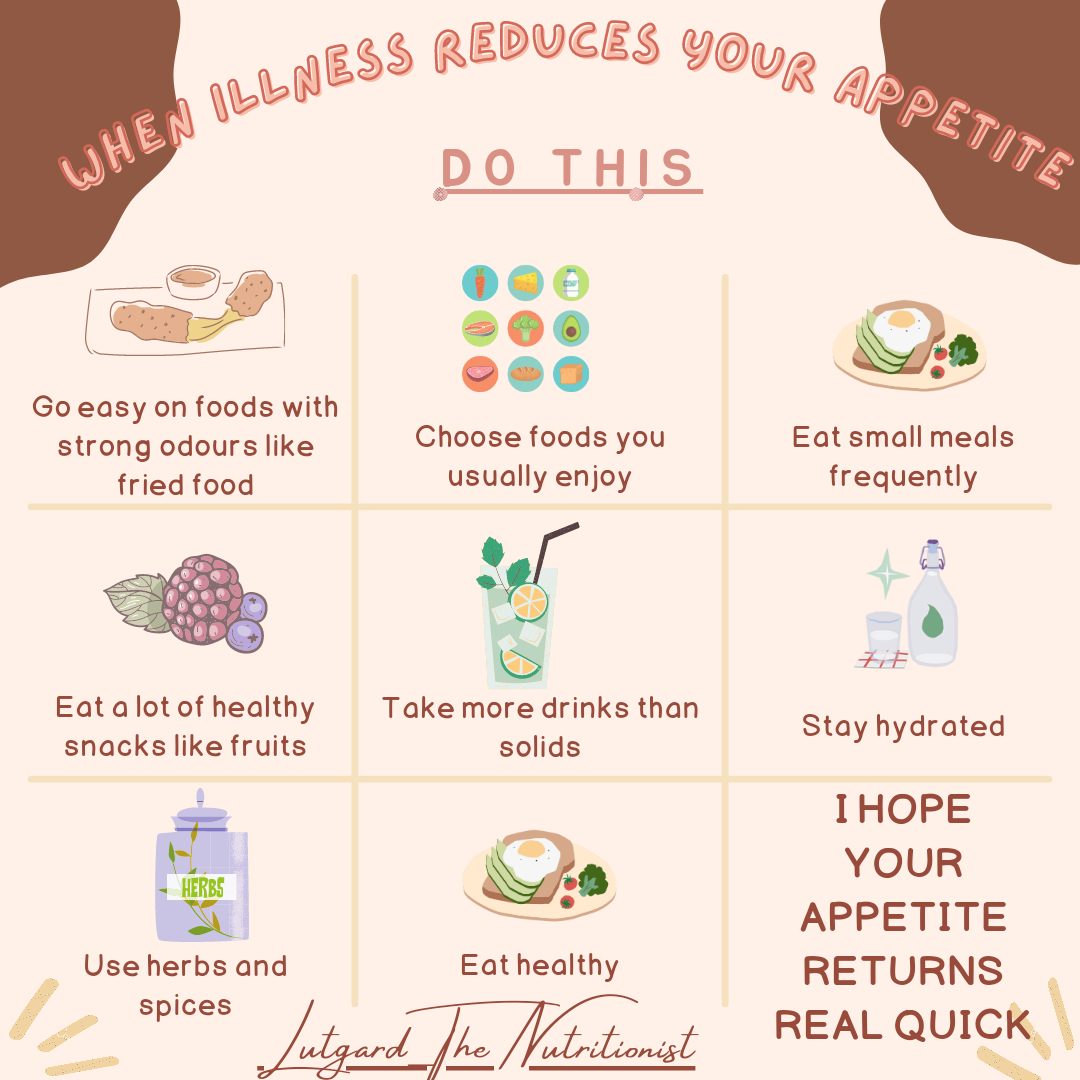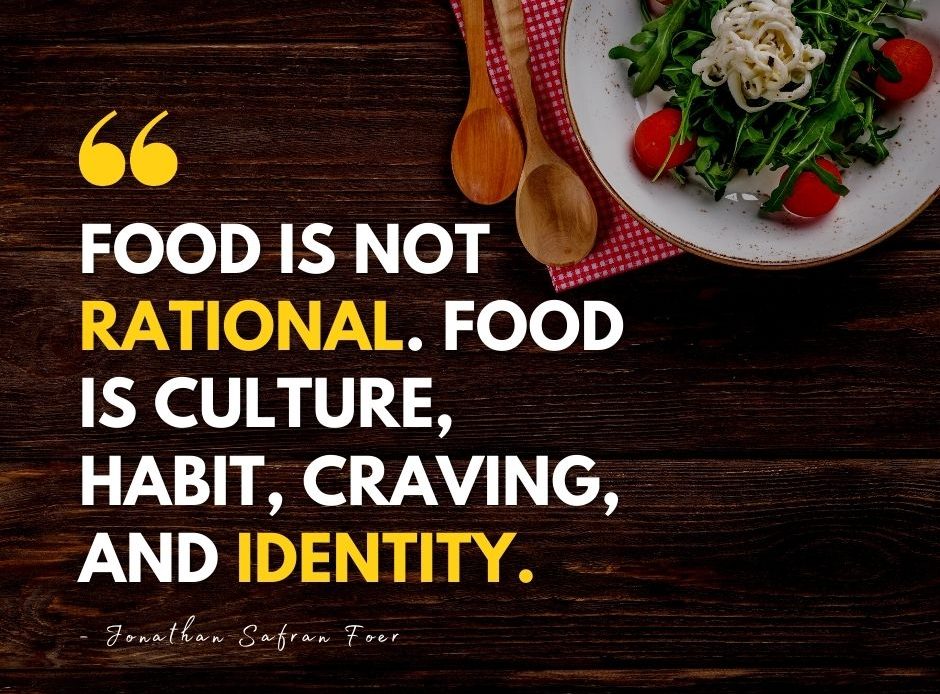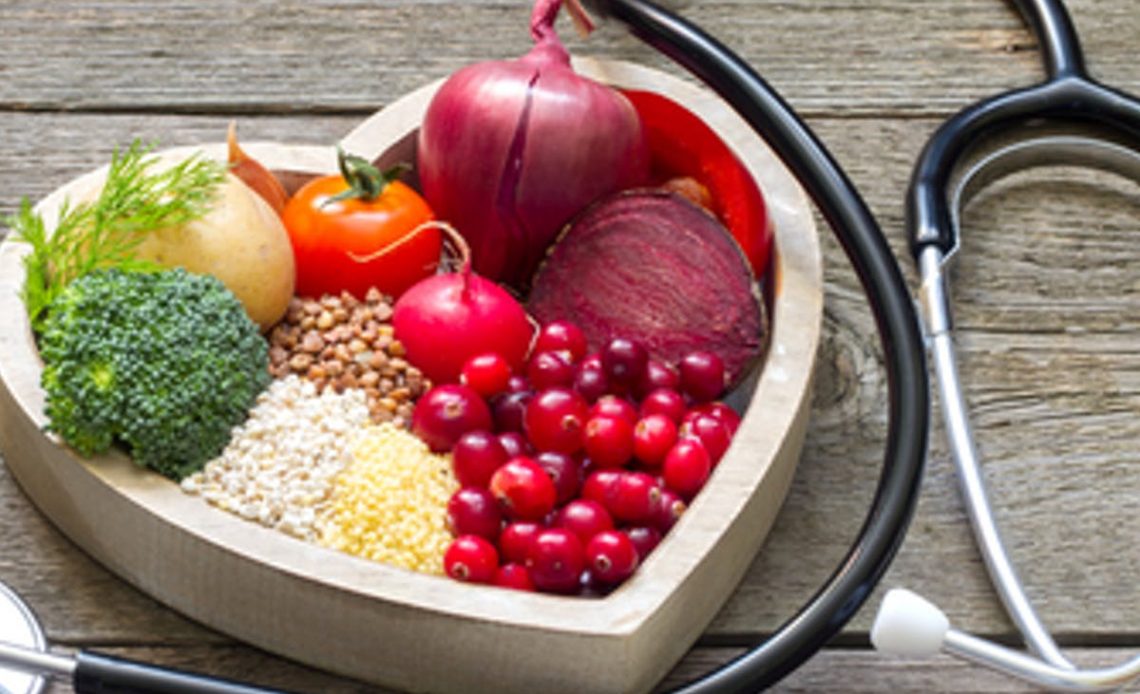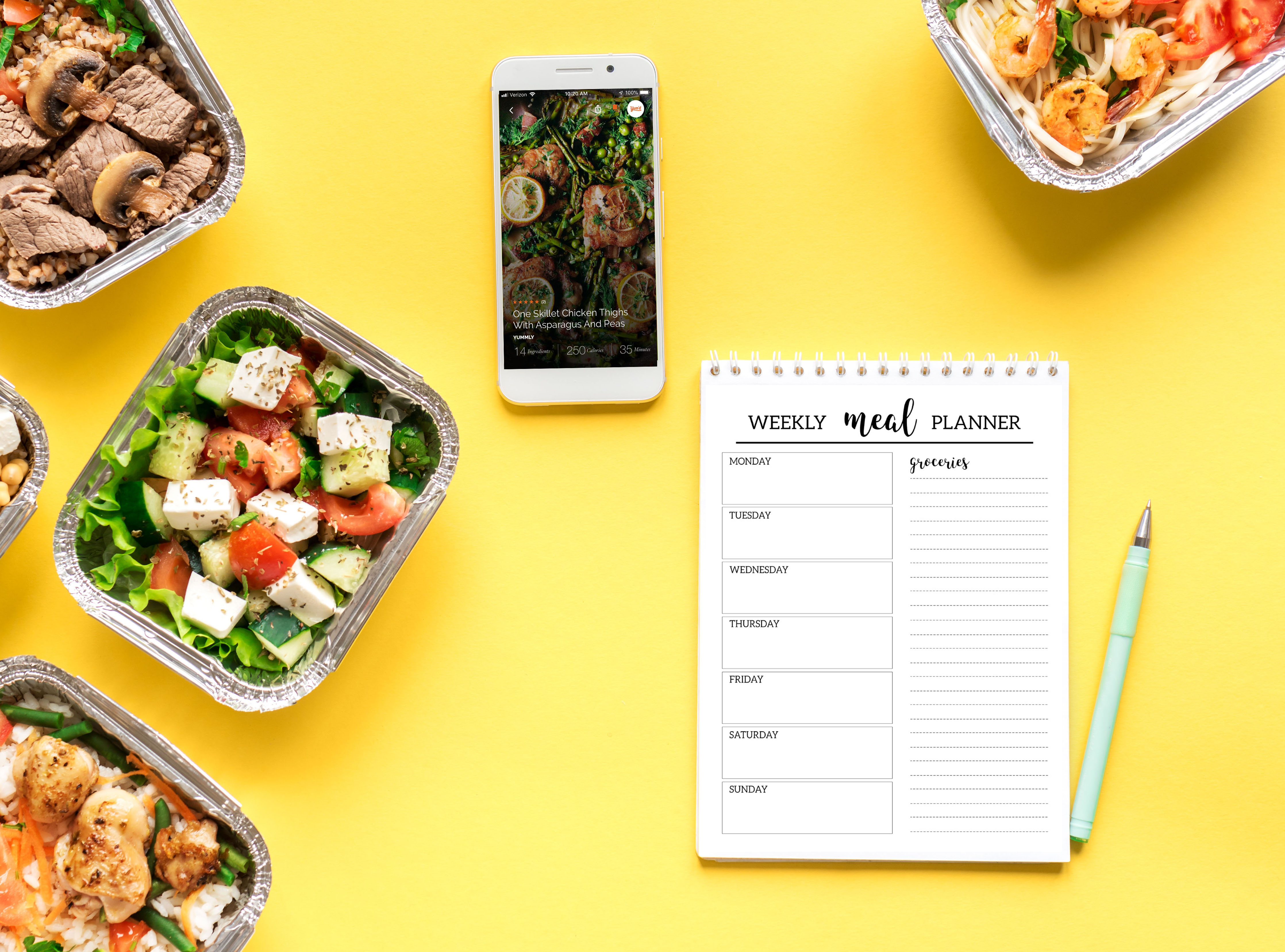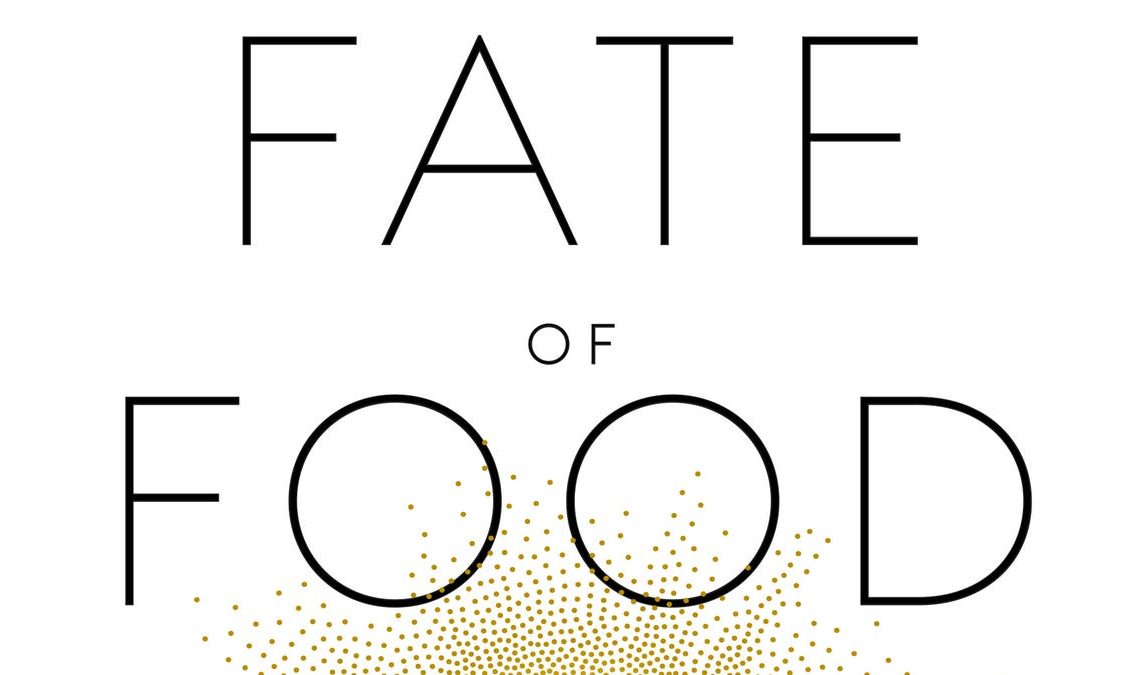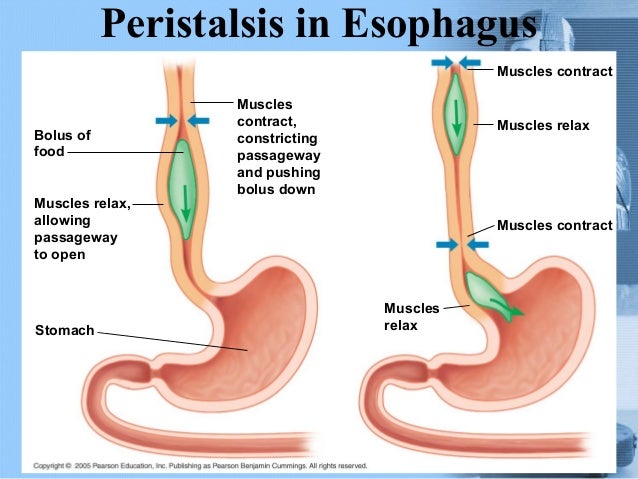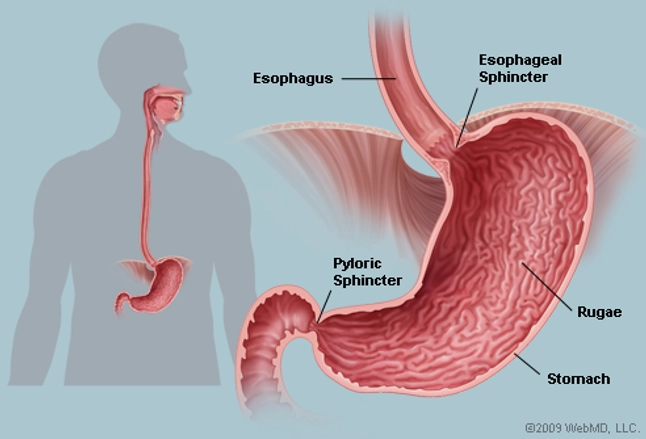One thing that we have had to learn brutally is that illness knows no friend, everyone is a potential target. Not with the way COVID 19 has been changing face time and again, but I am not here to talk about COVID 19, it is illness in general.
According to the dictionary, illness is a disease or period of sickness affecting the body or mind. If you have been ill before which is most of us if not all of us, you know how this thing messes up your appetite. It is a very frustrating period and the time varies among individuals as well as the type of disease one is battling.
During an illness, the brain chemistry changes as the production of chemicals called cytokines increases. These chemicals drive down appetite in a bid of conserving energy for fighting off illnesses. (1)
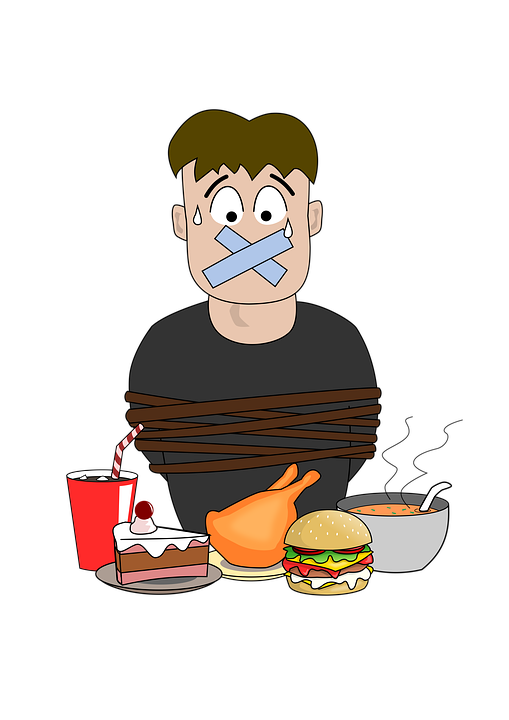
Are you wondering what to do for your appetite when illness robs you of it? Here it is;
Go slow on foods of strong odours.
Foods high in fat and sugar are known to induce nausea. Illnesses affect not only a person’s sense of taste but also their sense of smell. When trying to return your appetite following an illness or surgery, try consuming bland foods (foods that are soft, not very spicy, not fried, and low in fiber). Click here to find out what a bland diet is, the foods you should include, and those to exclude for that period. (2)
Please note that as your appetite picks up, you will be able to incorporate more food back into your meals.

Use Herbs and Spices
I recently wrote about the top 5 spices everyone needs in their kitchen, stating the benefits these have beyond enhancing taste. Have you read it yet? No? Here it is.
Since time memorial, several naturopathic remedies have been known to stimulate the appetite and these include herbs and spices like garlic, cinnamon, fennel, green tea, ginseng, turmeric, rosemary to mention but a few. Some herbs, spices, and bitters tonics will improve your appetite by aiding digestion and reducing flatulence in turn while making your food more appealing.
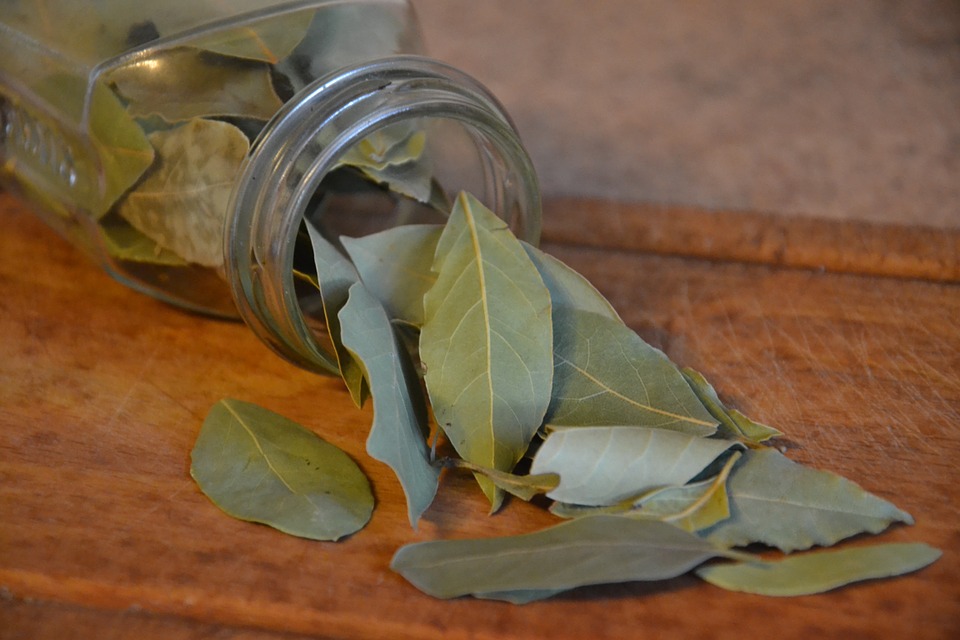
Eat small meals frequently
Offering smaller frequent meals is one of the easiest ways to return appetite after an illness. Instead of going for 3 main meals, how about you break these into 5 or 6 small meals? Do you know why? If one has a poor appetite, seeing big portions of food can be overwhelming and discouraging, many of us can attest to that. So breaking this into sizeable portions throughout the day will enable one to achieve their nutritional needs throughout the day without the need of forcing food down their throat. As the appetite returns, the portions can increase and the number of meals decreases.

Eat a lot of healthy snacks like fruits
Helping maintain adequate nutrition if one has a poor appetite but cannot eat full meals, such as due to an illness is one of the benefits pointed out on ‘The Nutrition Source’ (3). While snacking is important it is key to snack on healthy foods like fruits that are packed with vitamin C that is vital for boosting immunity, protein bars, nuts that will replenish worn out muscle e.t.c
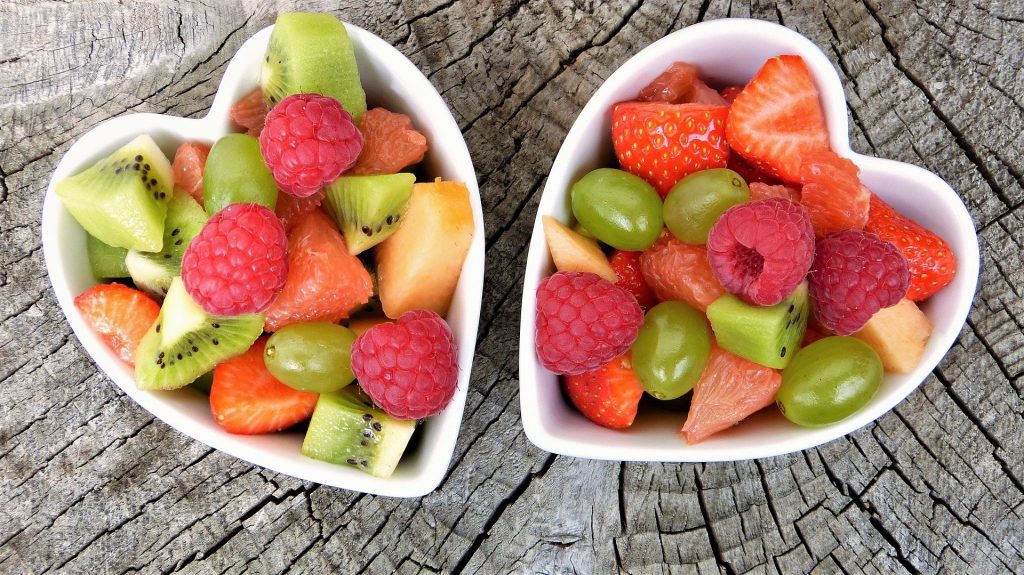
Drink your calories
If you are still finding it hard to eat a plate of food, how about you drink more. We know that sometimes following an illness or surgery, the last thing on your mind is chewing into food but drinking is more tolerable. Your body needs all the nutrients to recover completely and there is no need to wait until you can chew food. You cannot afford that. But here is a trick, you can prepare drinks that are full of vital nutrients like proteins that the body needs. These drinks include smoothies, juices, milkshakes, and yoghurt.

Start with your favorite foods
When struggling to eat food, you want to look down your plate and find some motivation to eat. Choosing your favourite foods is a good way to get that motivation. This can be paired with foods that are required for the body’s healing that are not necessarily favourites. It is therefore important to plan your meals, take time to think of what you will be taking down your gut. If this does not come easy, try scheduling your meals until the body is strong enough to ask for food through hunger cues.
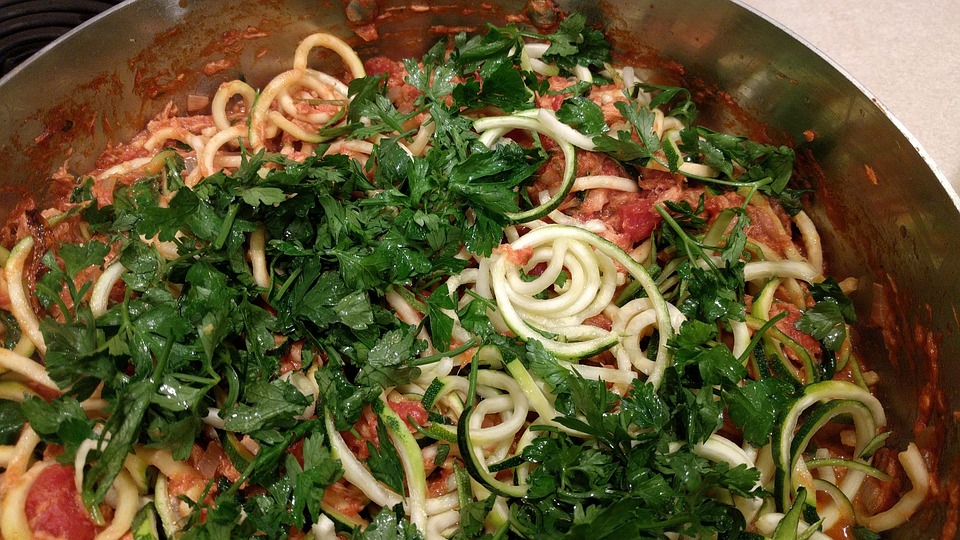
Stay hydrated
During illness, there is a tendency for the body to lose fluids through vomiting or diarrhea and it is important that one replenishes all the lost fluids to stop one from getting dehydrated. Coldwater is known for averting nausea. Just make sure to sip it slowly.
As a caution, try not to drink water very close to mealtime, you may fail to eat your meals which is our goal here.

Your appetite will return, do not ignore the small changes. They make a huge difference. Now go and try some of these for you or a loved one.
See you next Wednesday

